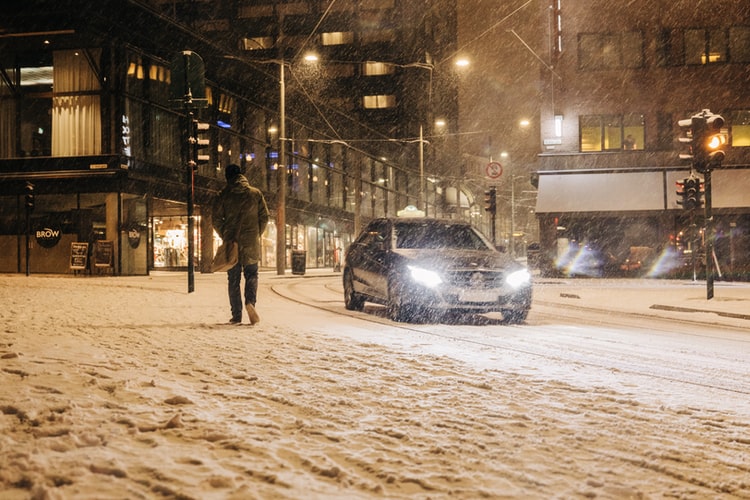Winter is coming.
Wait, but actually. If you live in a region where the temperatures drop to frigid and the idea of going outside sounds disdainful, just think about how your car feels out on the road, or in your (gasp) open-air parking spot at home. You can stay ahead of the season by learning how to winterize your vehicle before the first snow falls. Here are eight ways to prep now and throughout the season.
1. Check your engine air filter
If you want your car to last longer (regardless of season), checking your engine air filter and replacing it as necessary is a smart move.
In addition to changing your engine oil (and perhaps even boosting the oil’s viscosity for the season), check the filter. If it’s dusty, you can replace it or clean it with a specified air filter cleaner. Some people choose to replace or clean their filter every time they change their oil to stay ahead of the curve.
2. Get snow tires
Snow tires serve two great purposes.
First, they give you solid traction in inclement conditions, even for vehicles without four-wheel-drive or all-wheel-drive.
Second, snow tires make your all-season tires last longer. This is because you’re switching them out and sending your all-seasons to rest for the winter, ultimately putting less stress on them. Sure, you’re paying for snow tires, which aren’t always the cheapest investment—but it can actually save you a few bucks in the long run.
3. Winterize your vehicle by snagging a new pair of wiper blades
My dad is a pragmatic man—he gets me wiper blades every year before the holiday season. It’s something he knows he can do for me, and it’s definitely helpful. And no matter how he wraps it, those oblong objects can never keep themselves a secret.
He may not be a car expert, but his advice is right in line with the pros. Replace your wiper blades yearly, preferably before wintertime sets in. I recommend all-season wiper blades or blades that are graded for tough conditions.
4. Headlight restoration to fight wintertime oxidization
Keeping your car parked outside during the winter is a necessity for many—not everyone has the luxury of a garage. But poor conditions consistent with the winter season can cause your headlight covers to oxidize. In the long run, this creates discoloration and fogging, which reduces your vision on the roads. In times of snow, sleet and ice, this isn’t something you want to mess around with.
To reverse oxidization, you can perform a headlight restoration using a kit. While you’re at it, check to see if your headlight bulbs need replaced. It may be time, and what better chance to multitask!
5. Test your battery ahead of time
Car batteries are notoriously difficult to manage in wintertime. If your battery is already struggling in the fall, you may have a hard time come snowfall. Fortunately, you can set yourself up for success by heading to a mechanic and have your battery tested beforehand, replacing it if needed.
6. Keep up on tire pressure as a way to winterize your vehicle
If snow tires aren’t your jam, there’s something else you can do. Keep your tires full to the appropriate PSI, because the cold air is sure to drop the pressure. This simple practice boosts traction and will keep you safer on the roads.
7. Top off your washer fluid frequently
Once you’ve replaced your wiper blades, stock up on washer fluid that’s graded for super low temperatures. The last thing you want is frozen washer fluid, and the sludge, salt and sand on the roads is bound to muck up your visibility.
8. Stock up on jumper cables and other emergency items to winterize your vehicle
Breaking down is never fun, but breaking down in the wintertime is even worse. Here are a few things you can keep in your car, just in case something goes awry:
- Jumper cables
- Blanket (for keeping yourself warm if you car shuts off)
- Portable phone charger
- Flashlight
- Roadside flares and a reflective triangle
- A couple of granola bars
- Ice scraper (you’ll use this one often)
- First aid kit
- Water
- Window breaker
- Shovel (for snow, of course)
Now that you know how to winterize your vehicle, it’s time to get cruising on the open road—even if you’re just going up the street.
